Growing gladioli outdoors in the open field and in pots
For gladioli, planting and grooming is of great importance. Proper agricultural technology makes the bulbs strong, as a result, the plants bloom safely, do not get sick. It is possible to grow culture in the garden not only in the flower bed. Flowers grow well in suitably sized containers. You can plant gladioli at home for forcing to get early flowering.
Preparation of planting material
Planting material for gladioli must be purchased on sale in advance or taken from storage. This is done about 30-40 days before the expected landing date.
Then you need to act as follows:
- Old flakes are removed from the bulbs and inspected.
- If dark areas are found, they are trimmed down to healthy tissue.
- Wounds will need to be lubricated with "Fundazol" or brilliant green. As a precaution, such bulbs are planted separately from healthy ones so as not to infect full-fledged specimens.
- Then the planting material is laid out in a bright place. Under the influence of ultraviolet radiation in the onions, the process of root formation and the appearance of sprouts is accelerated.
- Before planting, the material is etched in a solution of "Fitosporin", "Fundazol" or "Maxima". Processing time is 30 minutes.
- You can replace drugs with a solution of potassium permanganate.
- Then it is advisable to soak in a growth stimulator (sodium humate, "Immunocytofit" will do).
The prepared bulbs are spread on wet sawdust, and after 3 days they are planted in a flower bed. During this time, the roots will grow a little.
When to plant gladiolus bulbs outdoors?
Planting gladioli in open ground is carried out in the spring. A favorable period for this lasts from late April to early June. It all depends on where the crop will be grown. For the Moscow region, the optimal landing time will be mid-May.
Planting rules:
- pre-sorted bulbs by size;
- landing is carried out in a common trench;
- small bulbs are planted separately from large ones;
- planting depth should be 3 times the diameter of the bulb;
- in any case, the bulbs should not be deeper than 12-14 cm, otherwise their germination will be difficult.
You can plant bulbs only when the ground warms up to 10 ° C to a depth of 12 cm. Usually, by this time, the threat of return frost disappears, which is also important. According to popular belief, gladioli can be planted in a flower bed when the leaves on a birch become the size of a 5-kopeck coin.
When to plant bulbs at home for germination?
In order for gladioli to bloom faster, they are taken out of storage in advance for distillation at home. The bulbs will be at home in a favorable environment and will not only have time to root well, but will also become stronger. Such plants bloom in mid-July.
Germination technology:
- for forcing, the bulbs are planted in plastic cups or peat pots;
- containers are kept in a cool place in the light and periodically irrigate the soil;
- when the time comes for planting in open ground, the plastic glasses are carefully cut and the gladioli are planted in the hole along with a lump of earth;
- peat pots do not need to be removed, the bulbs are planted with them.
Those who need blooming gladioli by September 1 may not use such a technique as germination. For forcing, the bulbs are planted 20-30 days before planting in open ground. So, if it is planned to plant gladioli on the site in mid-May, the planting material begins to germinate in the second half of April.
Growing gladioli in pots
Growing gladioli in pots outdoors has its advantages. In this form, the plants stand out and look very decorative, especially if you put the pot in a planter of an original shape and bright colors. At any time, the capacity can be moved to another corner of the garden, thus changing the design of the site as you wish.
Landing features:
- the bulbs are planted in a pot 25–30 cm in diameter and about 35–40 cm high;
- drainage must be laid on the bottom, it can be expanded clay or crushed stone;
- soil is poured over the drainage layer, the earth should be loose, breathable, but nutritious and moisture-absorbing.
- several bulbs can be planted in one pot at once; an interval of 5-6 cm is observed between them.
Bulbs for planting are prepared in the same way as for growing in the open field. It should be noted that varieties are suitable for container cultivation, in which the height of the peduncle does not exceed 50 cm. Planting is carried out in the spring. It will be possible to put plants on the street after the threat of frost has disappeared. Seedlings will appear in 2–3 weeks from the moment of planting. It is better to place pots with gladioli in a sunny and calm place. When it rains, the flowers are harvested under the canopy.
How to get gladiolus from seeds?
To obtain gladioli from seeds, only high-quality planting material that has been stored in suitable conditions is suitable. If the air humidity was too low, the germination percentage will drop. It is better to collect seeds from monochromatic plants, this gives a better chance of growing flowers of the same color. The seed box is cut with scissors, dried for about a month, and then the resulting material is removed in a cloth bag or paper envelope.
Sowing technology:
- The seeds do not require pre-germination, but they must be freed from the tough shell. This can be done by soaking for 3-5 hours.
- Then the seeds are sown in a common box or container filled with a mixture of turf soil, humus and river sand. All components are taken in equal parts. You can buy ready-made soil, for example, for Saintpaulias.
- On the surface of the soil, grooves are cut with a depth of 1 cm, where the seeds are laid out at intervals of 2 cm.
- Crops are sprayed with settled water. The container is covered with foil until shoots appear.
Sowing is carried out in March or April. Seedlings of gladioli begin to water 15-20 days after the emergence of shoots, the first days to moisten the soil using a spray.
A month after sowing, fertilizing with potassium nitrate is carried out, spending 2 tbsp. l. fertilizers for 4 liters of water. After another 2 weeks, feeding is carried out with superphosphate, diluting 1 tbsp. l. preparation in 3 liters of water. In May, the seedlings begin to harden, taking them out into the open air and daily increasing the time they stay there. As a result, by the end of the season, corms up to 1.5 cm in size will be able to grow. They are stored until spring, and then planted in a flower bed.
Care of gladioli before and after flowering
Inflorescences of gladioli are powerful and significant in size, therefore they especially need a regular supply of moisture. Plants require weekly watering. The soil must be moistened to a depth of 30 cm. Surface irrigation is not suitable for this crop. Irrigation rate - 10-15 liters of water per 1 sq. meter. Water should be applied between rows or specially made furrows.
Moisture should not get on the leaves. After watering, the soil needs to be loosened. Periodically, each plant is huddled, raking up the soil to it.
In order not to bother with loosening, you can mulch the flower bed:
- compost;
- peat;
- humus;
- mowed grass;
- chopped straw.
Several times over the summer, the flowerbed must be weeded out, getting rid of weeds. An important place in the care of the plant is occupied by top dressing:
- for the first time, fertilizers are applied to the soil in the spring after the regrowth of 3-4 leaves, using a mixture of 30 g of nitrogen fertilizers, 20 g of potash mixtures and 40 g of superphosphate per 10 l of water;
- at the stage of appearance of 5-6 leaves, a second feeding is introduced with a predominance of a phosphorus-potassium mixture, the dose of nitrogen fertilizers is reduced to 10 g per 10 liters of water;
- the third feeding is needed for gladioli at the beginning of flowering, at this stage the plant needs phosphate fertilizers (30-40 g per 10 l of water) and potassium fertilizers (15-20 g per 10 l of water).
Fertilizers are best absorbed by the crop in liquid form, so they must be applied in the form of a solution. Periodically, you can carry out foliar dressing with boric acid, a solution of potassium permanganate or complex mineral fertilizer. Spraying on the leaf is carried out in the evening. Since the second half of August, gladioli do not feed, but continue to water.
A garter may be needed for tall varieties. Most often, gardeners use rows of wire stretched between two posts for this purpose. Cutting flower arrows is carried out after opening 1-2 lower buds. Such inflorescences stand for a long time, without losing their decorative qualities, they easily tolerate transportation.
When to dig up gladioli
Gladiolus bulbs should not be left outdoors for the winter, in which case they will simply die. You need to be in time with cleaning before the arrival before frost:
- in Siberia and the Urals, the bulbs are harvested at the end of August;
- residents of the middle lane do it at the end of September;
- in the south, harvesting is carried out a month later.
Experts recommend, first of all, to dig out varieties with dark inflorescences from the soil, explaining this need by the weak immunity of plants with increased pigmentation.
Even under the influence of small freezing temperatures, the planting material will be spoiled, but it is also impossible to rush to dig it. After flowering, the plant forms a replacement corm and children. This stage takes 30-35 days for gladioli. The bulbs can be removed a little ahead of time if the rainy season has begun, the planting material will ripen during storage.
The works are carried out on a dry sunny day. Gladiolus is dug in a circle, and then they pry the bulbs from below with a pitchfork and take them out of the ground. After that, the stems are cut as close to the base of the onion as possible. The newly formed young bulbs are separated from the parent specimen prior to storage.
The planting material is washed, etched in a weak solution of potassium permanganate or fungicide and left to dry in a warm room. The bulbs are stored in cardboard boxes, laid out in one layer and placed in a refrigerator or a cool basement. Every month the material is sorted out in order to notice the appearance of mold and rot in time.
Common diseases of gladioli
Gladioli are vulnerable to a variety of diseases. That is why the culture is transplanted to a new place every few years. Diseases can be bacterial, viral and fungal in nature. Also, plants can be annoyed by pests.
The most common diseases include:
- Fusarium. The disease is caused by a fungus that persists in the soil for up to 5 years. Sick plants stop growing, peduncles and leaves bend, and then turn yellow and dry. Infected bulbs are covered with reddish-brown spots. Diseased plants are dug up and destroyed. For prevention purposes, the bulbs must be pickled before planting in a fungicide solution.
- Botrythiosis. Damp cool weather contributes to the spread of fungal disease. Brown spots appear on the leaves. Over time, they begin to grow and merge to form dry, brown patches. As a result, the leaves die off.Flowers lose their elasticity, change their shape. At the final stage, corms and stems rotting begins. Diseased plants are destroyed, the bulbs are soaked on the eve of planting in a solution of fungicides ("Maxim", "Fundazol").
- Septoria. The disease often occurs on acidic soils in excessively wet weather. Red-brown spots with a dark center spread on the foliage, on the bulbs the lesion looks like darkish watery specks, then developing into hard, rotten areas. Diseased plants are dug up and burned. For small lesions, unhealthy tissue is excised. Soaking the bulbs in the Vitaros preparation before planting helps to avoid the disease.
- Bacterial root cancer. The disease is caused by pathogenic soil bacteria. More often, the disease occurs on damaged bulbs. Root cancer can be recognized by the appearance of rough growths in the root area. Affected plant specimens are thrown away, the bulbs are carefully sorted out and etched before being stored.
- Viral mosaic, annular spotting, jaundice. These diseases are of viral origin and show similar symptoms. Light areas appear on the leaves in the form of spots, stripes and rings. Petals are also affected. The flowers become small. Deformation of all terrestrial parts of the gladiolus may occur. Jaundice eventually leads to dwarfism. There is no cure for these diseases. Sick plants are destroyed. Since viruses are carried by insects, proper attention must be paid to pest control.
Of the pests, plants are most often annoyed by thrips and mites, which are very difficult to get rid of. Often insect larvae enter the site along with the planting material. Experienced gardeners treat the bulbs with a mixture of "Aktara" and "Confidor" in powder form for prevention purposes. Insecticides, taken at the tip of a knife, are mixed with a small amount of baby powder. Then the bulbs are powdered with this composition and left for a day, after which the powder is gently shaken off.
Gladioli are majestic and luxurious flowers, without which it is impossible to imagine any garden. In addition, the plant is ideal for cutting. You can grow gladioli in any climate, if you properly follow the technology of planting bulbs and use their preliminary germination. Those interested can use the seed propagation method.
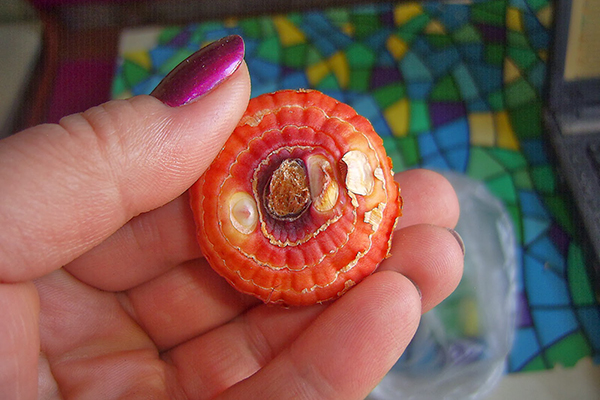
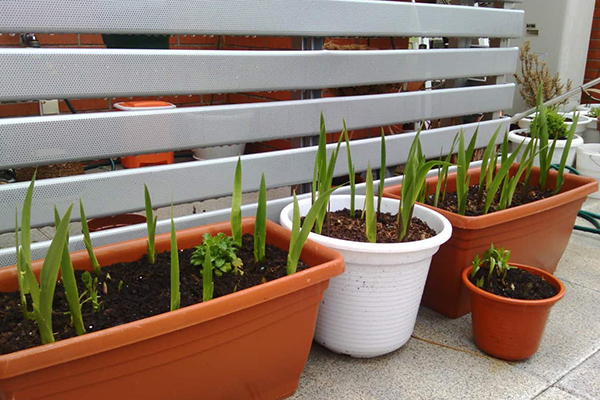

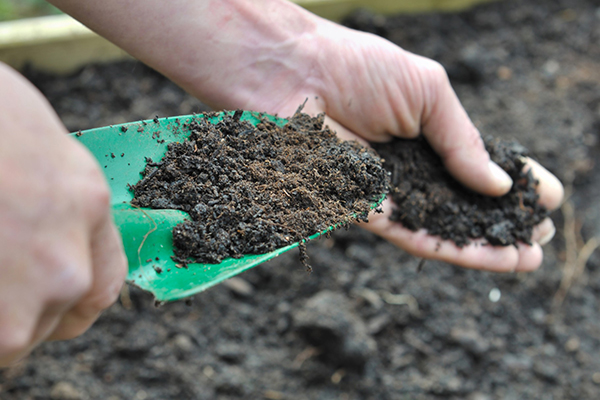
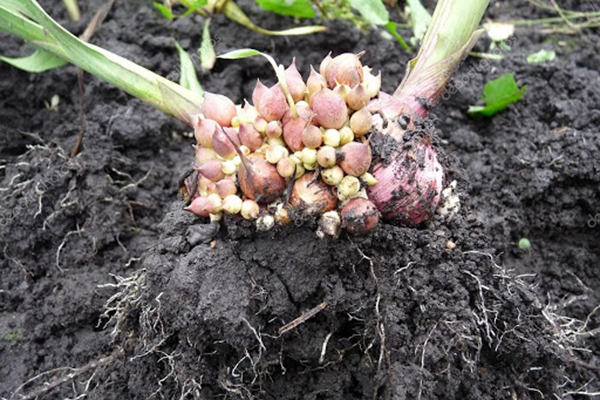
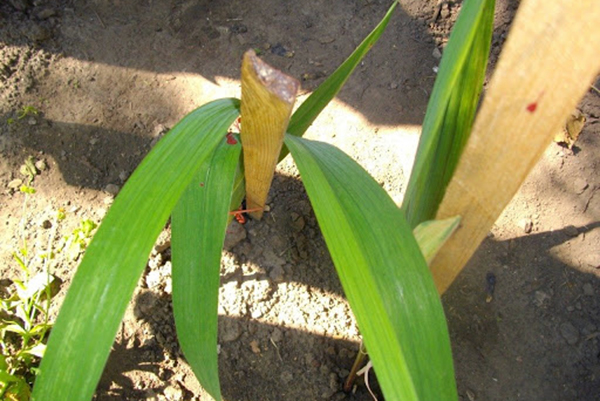
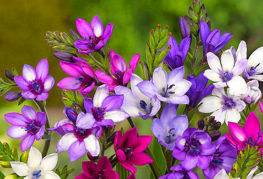
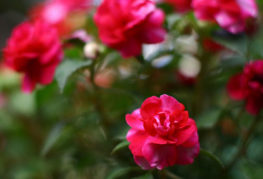
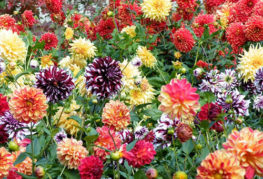
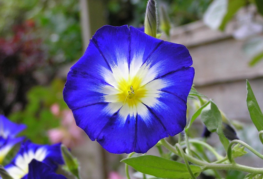

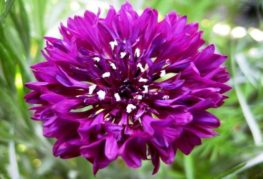
and will be published shortly.